Big turnout for the Big Clean
Saturday 28th March dawned grey and drizzly for the TidyBS5 Big Clean organised by Up Our Street and local residents.
For your correspondent it dawned even earlier; the alarm clock was set for 6.00 a.m. to ensure he was sufficiently awake to be interviewed down the line about TidyBS5 and the event on BBC Radio Bristol by their Saturday breakfast show presenter Ali Vowles.
However, the rain did not put off an amazing 33 people – including one PCSO from Trinity Road Police Station – turning up at Lawrence Hill roundabout at 11.00 a.m. to help remove litter from the area for a couple of hours. Indeed, such a number of participants was so unprecedented that more litter pick equipment had to be ferried down from the Up Our Street Office.
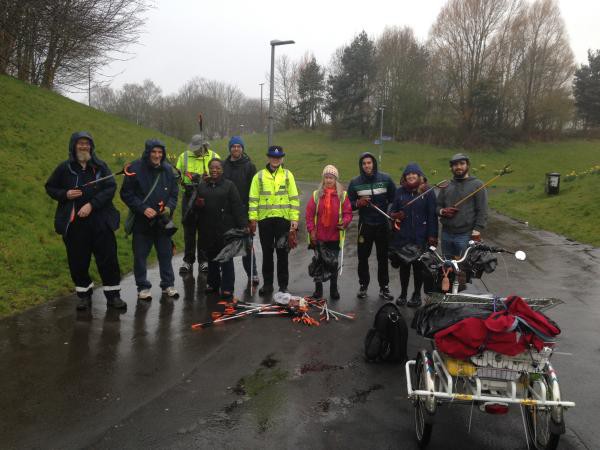
Also amongst the hardy souls who turned up was a contingent from the Good Gym, which takes exercise out of the gym. Members runs to a venue, help a local community project and then run back. Your ‘umble scribe is very pleased we attracted their support.

Local councillor Marg Hickman also attended to show her support. Wouldn’t it be good if we could get Bristol Mayor George Ferguson to turn out for the next one and put some physical effort into Bristol’s year as European Green Capital? 😉
After receiving safety instructions (avoid picking up broken glass, no needles, etc. Ed.) we then scattered to various sites around the area to get work.
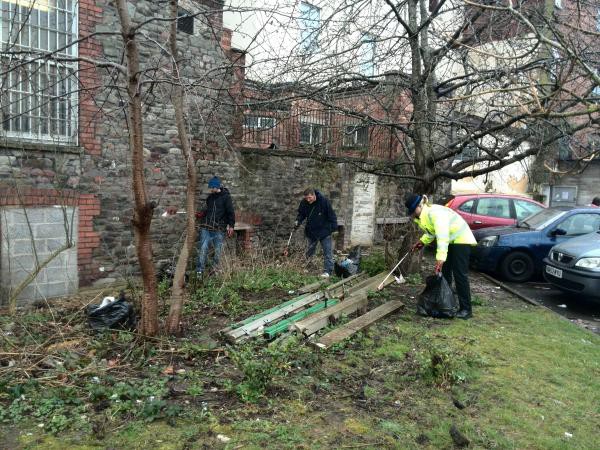
Areas cleaned included:
- The grassed island in then centre of Lawrence Hill roundabout;
- The grassed area fronting Lawrence Hill at the end of Payne Drive;
- Public open space along Croydon Street;
- The old course of the River Frome beneath the railway adjacent to the Coach House off Stapleton Road; and
- The area of grass and shrubbery alongside the former Earl Russell pub (the ‘Big Russell’. Ed.) and Lidl on Lawrence Hill.
A fantastic amount of rubbish was removed and collected later in the weekend by Bristol City Council.
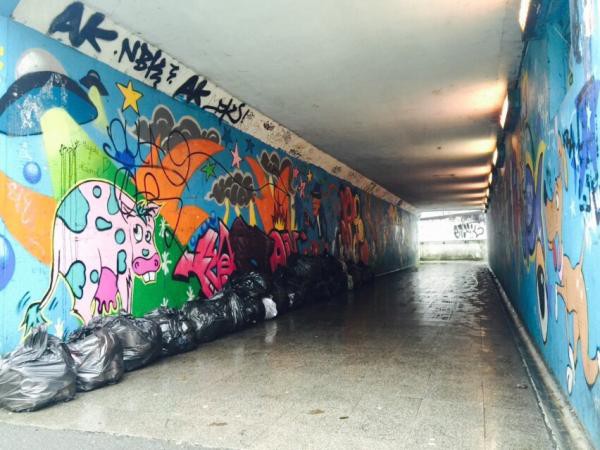
Well done and many thanks to all who took part.


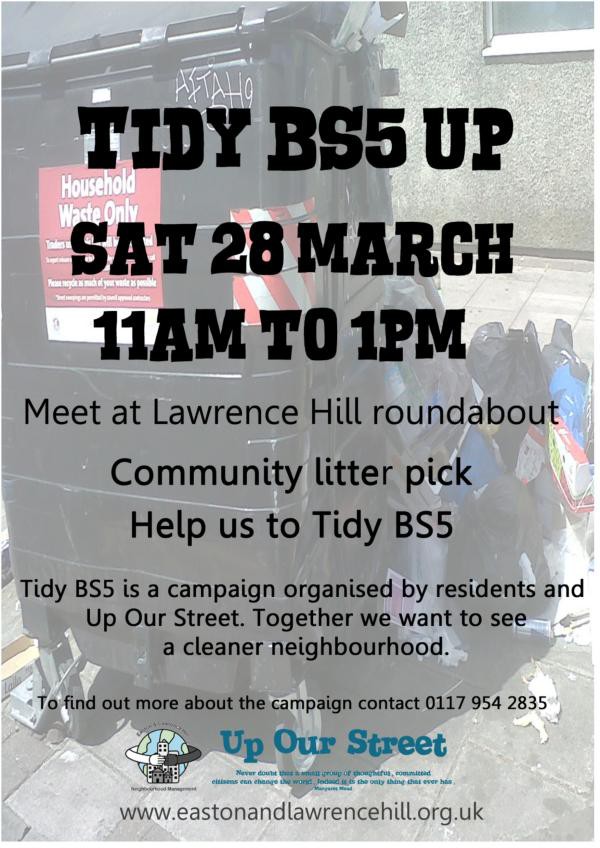
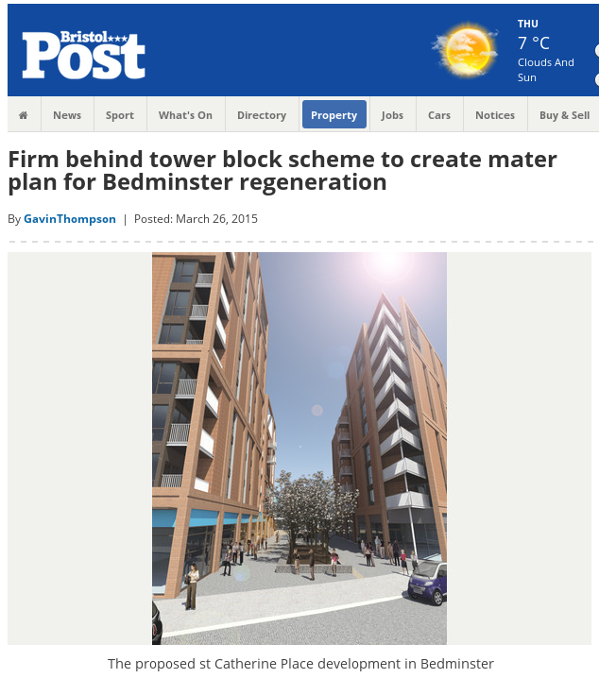






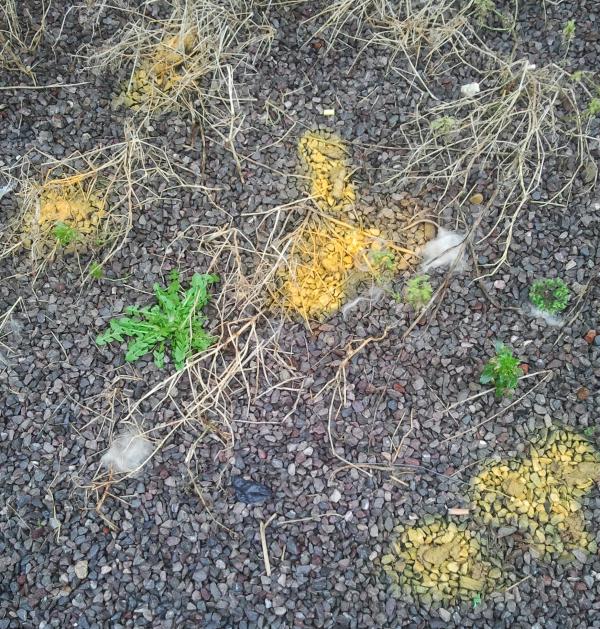
 Following the post on Friday on
Following the post on Friday on